Thing 1 – Venice
Many things about Venice are extraordinary. The architecture. The art. All that water. The general Venice-ness of it. You could spend a lifetime exploring it, if it wasn’t for the tourists NO OF COURSE I’M NOT A TOURIST I’M A VISITOR IT’S TOTALLY DIFFERENT.
It’s also one of the top “ooh I know a little spot” cities in the world. We love being in the know. Google ‘secret Venice’ and you find an unending stream of sites, each telling you about those special places the tourists don’t know about.
“Venetians go there”.
Uh huh.
These ‘secret’ lists inevitably centre around about twenty of the same places. The Libreria Acqua Alta, I think, appears on every single one of them, so I think it’s safe to say the secret’s out.
But there remain a few things you have to look for, and sometimes it helps to know a resident.
Venice has an idiosyncratic street numbering system. It is divided into six sestieri (which derives from the word meaning ‘sixth’). And while the streets do all have names, the numbers follow their own system. Each sestiere starts at Number 1 and goes upwards from there, stopping only when you run out of houses to number. The highest number varies according to the size of the sestiere – the lowest ‘high’ number is Santa Croce’s 2359, the highest Castello’s 6828.
You can thank/blame the Austrians for this. When their rule started in 1797, they decided to impose some much-needed order to the numbering system. Out went “go to the church in San Paterniano, cross the bridge, take the first left into the narrow calle and it’s the second last house on the right”. In came “I live at San Marco 1468” (as it might be – I chose the number at random. It is, as far as I know, not a significant address, and if you’re in Venice and decide to look it up, you didn’t get it from me).
The system makes perfect sense (sort of), but it’s notoriously difficult to master. Sometimes the numbers are easy to follow, and then… not. They jump. They shimmy. They – and I could swear this is true – change. I’m convinced there’s a crack team of signwriters whose job it is to paint over existing numbers with new ones while your back’s turned. There’s nothing to beat the experience of standing in a damp and shady Venetian alleyway thinking “ok so here’s no. 1397, in which case where the effing chuff is no. 1398?”
When she moved to Venice a few years ago, my sister-in-law Laura hatched a plan to locate, visit and record the lowest and highest numbers in each sestiere, a plan that came to fruition when we visited her last summer. We made a map of it, in the hope that others might share our enthusiasm for this admittedly rather niche quest.
Whether or not you look for the first and last, noticing these numbers adds an extra layer to your Venice experience (it has plenty of layers already, of course), and one that might just keep you away from the hordes.
Thing 2 – Type
I’m stupidly fond of things that look great but have absolutely no practical application whatsoever. So the Abstract Type Generator is right up my street. Fiddle around with it to your heart’s content, and all literature becomes a work of art, no matter what its actual merits. Here’s the first paragraph of Taking Flight.
And here it is as a circle.
I suspect it’s only a matter of time before someone renders Ulysses in the form of their own specially designed pictorial alphabet.
It’s nonsense, of course. But fun and pretty nonsense. And where would we be without that kind of thing?
Thing 3 – Balls
A day at the cricket is always welcomed around here, so when my friend Outi asked if I wanted a spare ticket to The Oval for the World Test Championship final, the response was instantaneous and positive. Outi was not brought up with cricket, but is – as any cricket fan needs to be – always up for a day consisting mostly of sitting around while a mysterious combination of everything and nothing unfolds in front of you. That combination is part of Test cricket’s unique appeal.
“There will be stupid questions”, she warned me.
We all know that there’s no such thing as a stupid question. There is, however, such thing as a question I can’t answer.
“How are cricket balls made?”
I was perturbed to discover that I – a lifelong player and watcher of the game – was fuzzy on the exact details. So here, for my edification and yours, is a short film made by British Pathé in 1956 about the process.
You would have thought that nearly seventy years later the process would have become completely mechanised, and this is sometimes the case. But it’s somehow reassuring to know that the balls used for Test cricket are still made by hand in a small factory in east London.
Thing 4 – Bath
I had a friend once who came from a different part of the UK. Each of us thought the other was geographically challenged, resulting in a mock feud that occasionally manifested itself in a sort of standoff, each party trying to win the argument by wearing the opposition down with the ‘correct’ pronunciation of the word ‘bath’.
“Bath”
“Bath”
“Bath”
“Bath”
“Bath”
“Bath”
“Bath”
“Bath”
“Bath”
“Bath”
“Bath”
“Bath”
And so the long day wore on.
There are, of course, no winners in these disputes – there are just differences, all of which are to be celebrated.
As a result of this, ‘bath’ is my unscientific go-to word for detecting basic regional differences. So when I learned of the existence of Forvo, a website devoted to recording the different regional pronunciations of words, it was the first word I looked up.
I have questions.
Is this THE Richard Dawkins? Has he uploaded these pronunciations himself? If so, what thought process drove his choice of the quartet ‘Marylebone’, ‘bath’, ‘noun’ and ‘perfect’ (verb).
Regardless of Dawkins-watch, Forvo is a genuinely useful resource, offering answers (sometimes several) when you’re unsure exactly how an unfamiliar word should be pronounced. There’s an app, too.
Thing 5 – Cat
“Partager si vous trouvez le chat”, says the instruction (“share if you find the cat”).
I have not found the cat, and yet I still share.
Thing 6 – Me me me me me me me
I try not to inundate you with ‘me’ stuff here (beyond the oh-so-subtle book plug in the footer), but here’s a podcast episode I hope you’ll enjoy. It was lovely, lively, short chat with the excellent Kit Jewitt (@YoloBirder on Twitter), and it did, inevitably, involve swift chat.




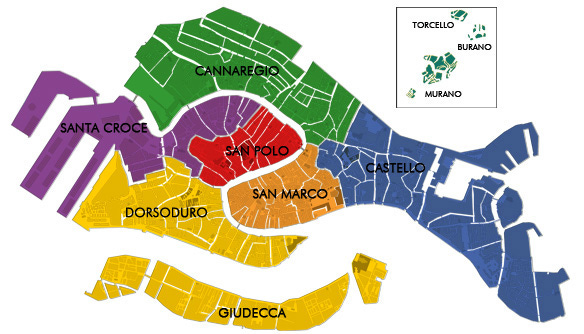
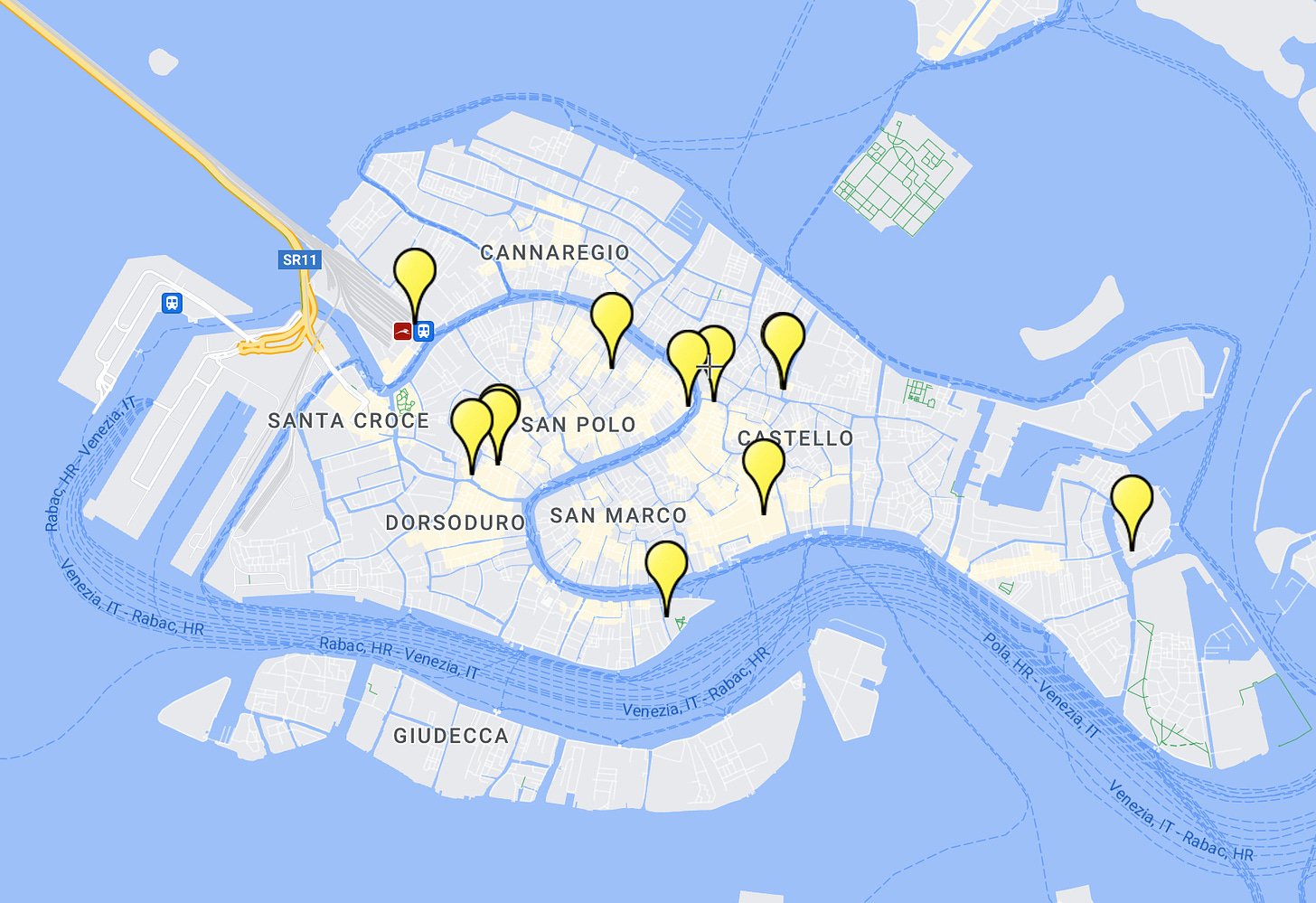
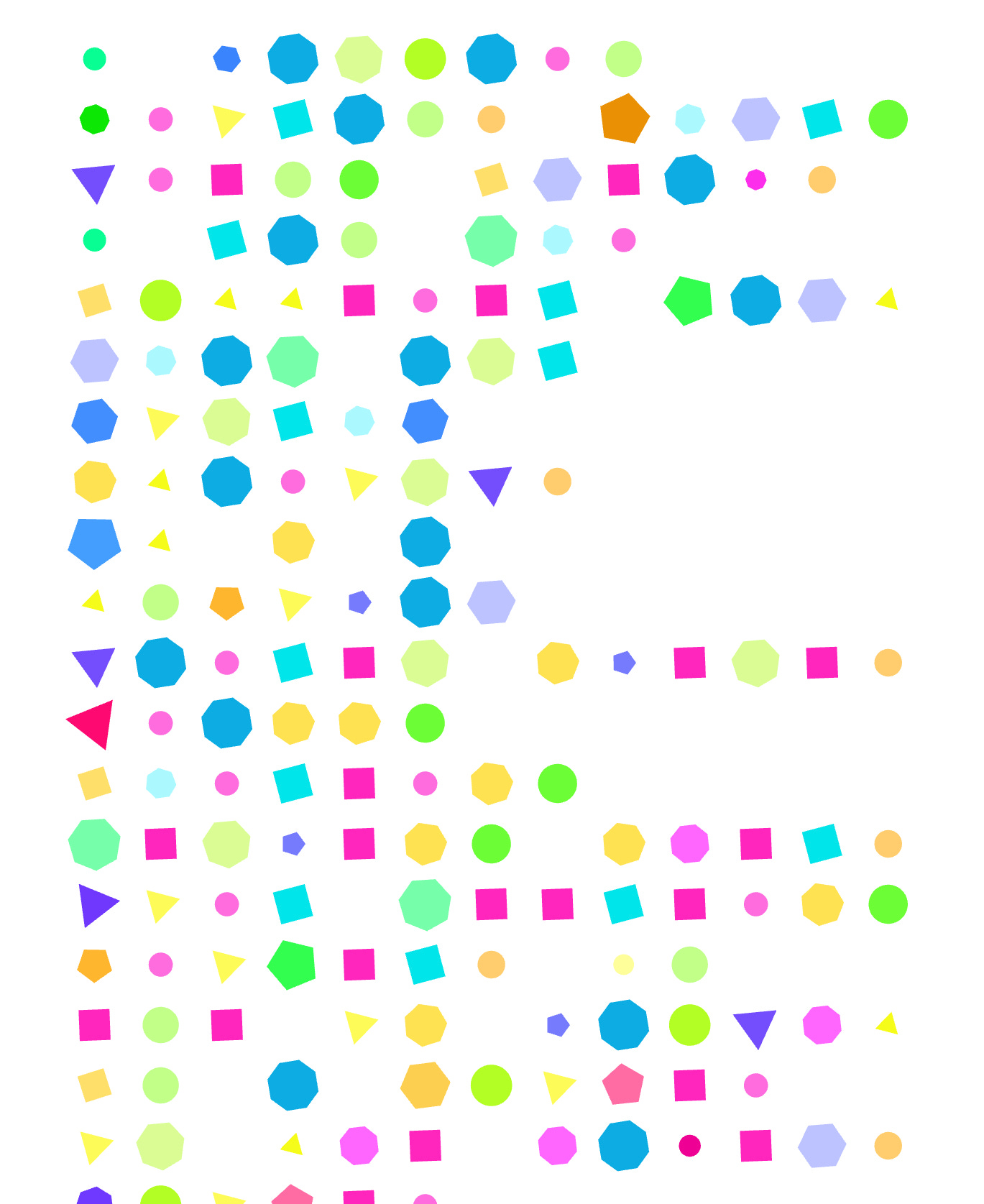
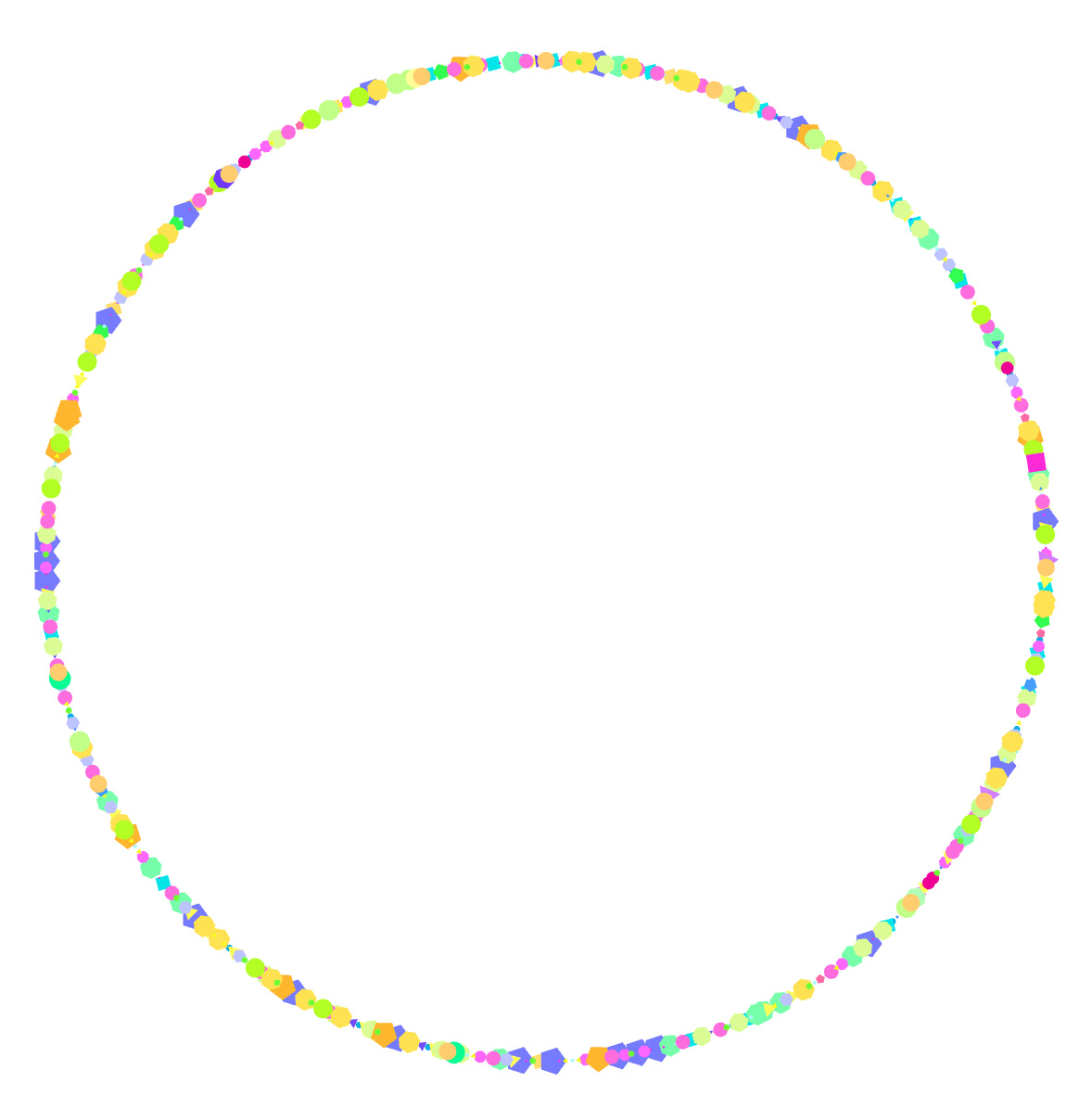

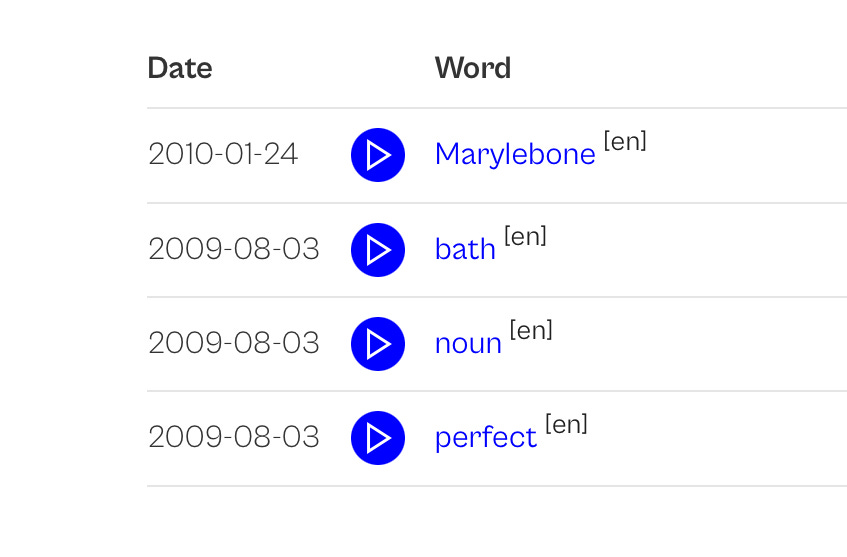

That does SOUND like *the* Richard Dawkins. Crumbs.
I had elocution lessons to rid me of Yorkshire accent (upwardly mobile mother...) and BA(R)TH was mastered but then she required PLA(R)STIC. The hill on which I didn’t die but refused to climb. 😂